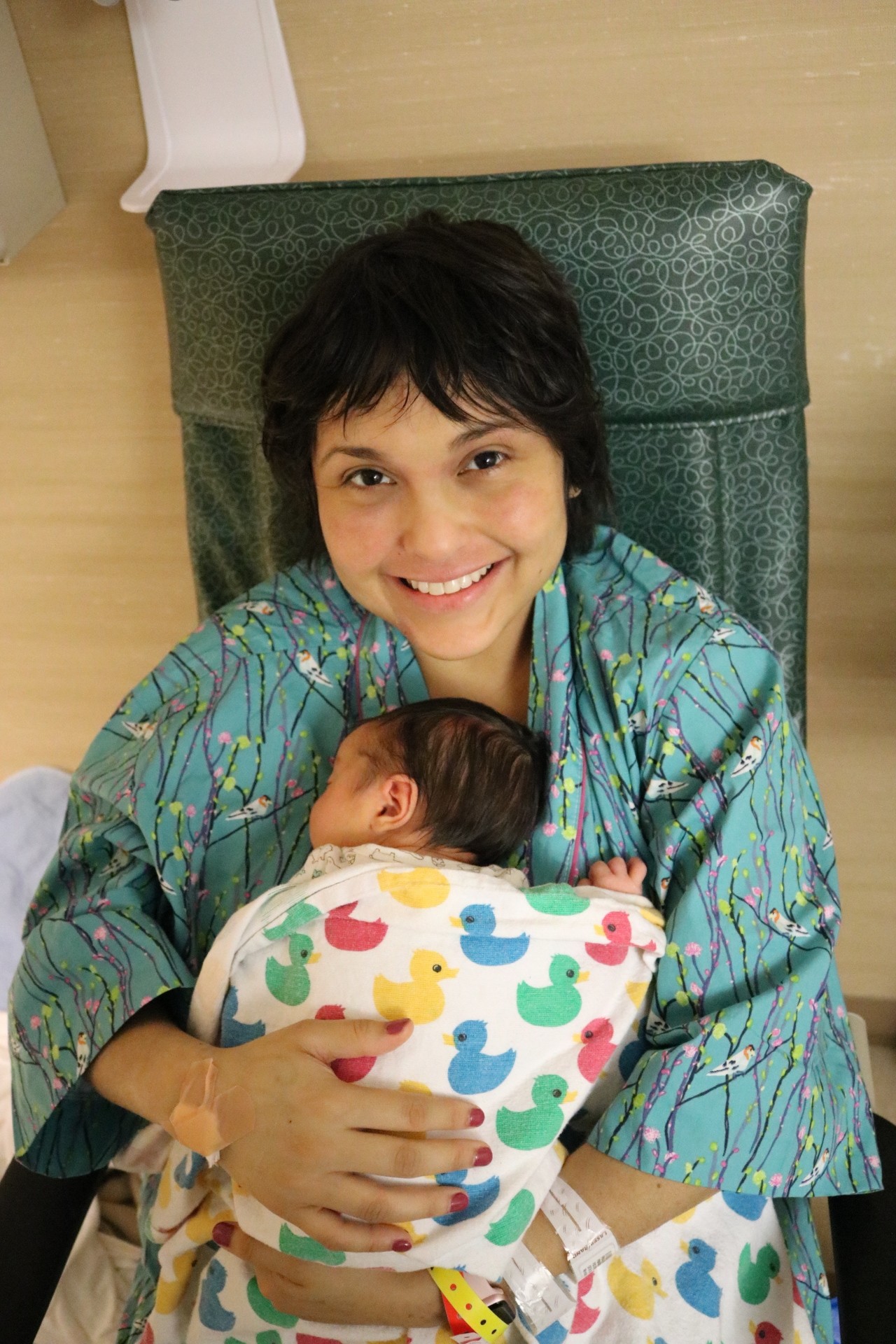Published on the National Eczema Association blog.
My eczema exploded when I was 22, and it has been a significant part of my life since then, with consistent mild-to-severe flare-ups. Today, I am a 35-year-old eczema fighter with an exciting marketing career. Eczema impacts far more than a person’s skin, including one’s social life, sleep cycle and emotional health, to name a few. One of the most challenging areas eczema affects me personally is in the business world.
I am a marketing leader at a global tech company. I work at the company headquarters in Houston and interact with hundreds of employees, including the executive team. I work alongside an amazing marketing team, and together, we promote our brand and drive sales while tackling aggressive deadlines. I’ve had to handle my chronic eczema in this work environment, and it’s not been easy.
You Can’t Always Hide from Eczema at Work
A face cannot be hidden. People are shocked, confused and made uncomfortable by a flared-up face – all feelings you don’t want to trigger when walking into a room. Facial eczema is especially challenging because eczema is misunderstood by the general population. Most people don’t realize the extent to which eczema affects one’s skin.
So how do you run meetings, present to an audience or walk by the CEO if your face looks unpresentable? By balancing a fine line between being antisocial, honest and indifferent. On my bad days, I avoid seeing my coworkers by working from home. That’s not always an option, though, which is where honesty comes in.
When my skin is not well, I am open about my eczema with my peers and answer their questions, basically getting past the skin barrier to get back to business. You can’t constantly be talking about your skin with everyone you come across though. So, there’s a point where you have to stop caring what someone thinks when they see you. That is really hard to do, and I’ve not mastered it yet, but I understand its significance.
When “Shedding Skin” isn’t Just an Expression
Oh, the skin flakes and blood! Skin shedding and bleeding is embarrassing, unhygienic and definitely unprofessional, but it’s very common for eczema warriors. During a shedding phase, I don’t lose my entire skin layer all at once like a lizard. Eczema shedding is more like snow. At work, I walk from one meeting room to another, snowing onto the tables and chairs. Sometimes, I put my arm on a table and leave behind a little blood.
Bleeding and shedding might not be avoidable, but it must be contained. Be aware of your shedding and bleeding, then clean up as needed. As silly as it may seem to pile your skin flakes and throw them away after a meeting in a conference room (as if you just ate a crunchy toasted sandwich), it’s much worse for someone else to walk into a conference room with your leftover skin all over the furniture. It’s just good eczema manners!
Itching is Universal, But Scratching is Personal
Eczema doesn’t discriminate by body parts – it can show up anywhere. The inner thighs, feet and under arms are just a few itch locations that are a little too personal to scratch in front of coworkers. I’m no superhero; I’ve scratched all of these areas at work and hope nobody noticed. The reality is that scratching any area for too long is inappropriate.
I’ve lived through enough flare-ups to not be of the “never scratch” mentality. If I must scratch in the workplace, I tend to follow a few guidelines: scratch only when absolutely necessary, rub instead of scratch if possible, keep the scratching low key and keep minor itches untouched.
I keep a fun, unsharpened pencil at my desk for quick back scratches. If scratching is necessary for an inappropriate spot or for an extended period of time, I go to the bathroom. Bottom line, I’m at the office to work, not to scratch all day.
I do my best to block out my itchiness and concentrate on my priorities, diving into my work to keep my mind distracted. As difficult as it is, I do feel proud when I accomplish things at work. To achieve things while itchy is amazing. Eczema warriors should all receive a “worked while itchy” bonus at the end of the year, because we’ve definitely earned it!
Your Health Matters! Know When to Put Yourself First
Tips for working during an outbreak of eczema are great when a flare-up is bearable, albeit annoying. During these times, eczema warriors can prioritize their work and personal life over their body’s dysfunction. But when it’s beyond a bad flare-up, we must put everything aside. There is just no other option.
When my eczema is severe and completely takes over, it is a very dark, emotional period for me. I try to get past my anger and blues by feeling compassion for my body and skin. It helps to have hope. My flare-ups eventually calm down, so I can always look forward to the recovery. During very severe eczema flare-ups, my advice is to take personal time off, if possible, to heal physically and emotionally.
I want to be represented by my strengths, not by my eczema. I might need to work on overcoming the impression I believe my eczema has on people, but ultimately, I want my peers and leaders to think about the quality of my work, not my eczema, when they hear my name or see my face.
My advice for professionals with eczema: be so good at your job that your unhealthy skin is dwarfed by your accomplishments, no matter how bad your eczema may be. It’s what I try to do every day.






